It’s Black Friday, the most commercial day of the Christmas season. You need training to go out there; you need training in crowd control, in handling anxious, obnoxious customers, in good customer service. No dynamic sales training may be required except to direct customers away from the door “prizes” they came for.
–Ironically, this occurs the day after Thanksgiving, a day in the United States when we should be thankful for what we have. Instead, starting at midnight, many charge out for night of shopping mayhem–aggressive, selfish, competitive shopping. A woman here was arrested for using mace to jealously guard her “prizes” from others. I guess the shoppers are thankful for the opportunity to save a few bucks and grab that gift others may miss. An odd juxtaposition if you ask me.
However I’m not going to talk about Black Friday training, but something I am thankful for. Imagine that happening the day after Thanksgiving, but there it is. I am thankful for the opportunity to share what I think is one of the most important topics to society at large, to the world at large: good, clear, effective communication among us all.
I am fortunate to be teaching it at a fairly basic level as well as coach people who do this as an important part of their jobs. College-level students, to be sure, learn it as a necessity to get through the college curriculum (if they see no other value) but as educated adults we forget we learned it all along and, as we get into our special interest areas, how important it is to work and life. That’s why I consider it a basic level.
This may seem a little off topic in the training world but it has to do with training or teaching public speaking and presenting, and more. So, judge for yourself.

I teach two classes of public speaking as a visiting professor–one class distinctly urban in Philadelphia, the other suburban but made up blue-collar workers working mostly on technical degrees–so the entire idea of communication is a subject where just getting them to verbalize what they personally have to say is difficult. They take it all so personal.
I am a professional communicator and speaker, but I do not teach my class as a performance class, which is ironic since I am also a professional actor and speech coach. Here my roles and goals are different. I am a teacher and a coach. My goals are success training and communication–oftentimes working hand-in-hand.
The first part of the term is devoted to developing ideas and supporting them–writing clear objectives and organization to those objectives, and hopefully give impact to ideas and purpose. I consider the first half of the class a chance for them to practice. We do an introductory speech, a personal speech (to put them in the speech-this I may change to an exercise later that puts them in any subject they talk about) and a scripted speech to understand the difference between doing a speech that someone else writes and they write (they learn empathy). If students have to make-up a class, it involves writing, organizing and presenting to the class.
The focus on the class is just as much on organizing and maximizing impact on the audience as it is in practicing, or even better–gaining experience speaking. Practice is what you do in front of a mirror; experience is what you do in front of an audience.

Second half of the class, my students are practiced and experienced, more comfortable speakers and have been instructed in the dos and don’ts of speaking as well as how to organize. Now they are ready for me to grade their informative speech, persuasive speech, and reflective or ceremonial speech; they are aware of how this works. I believe I am teaching them to communicate effectively rather than perform, but I am also teaching them to deal with their fear of speaking, among other things, and in the end they are all better speakers.
In the beginning, I have students who are smooth in front of an audience but can’t organize worth a darn and students so shy they can barely look at me. In the end, both groups hold their heads high, having accomplished what many thought was impossible–making a presentation and making a difference. It’s a great feeling for me, too.
My course is a variation of making a “mission impossible” for some, “an affair to remember.” We talk about knowing your audience, knowing your subject and knowing yourself. But in the end, it’s not just about public speaking; it never really was.
It’s about communicating–reaching out and touching someone else with ideas, facts and images to affect them personally and learning from your audience, from people, and interacting. It’s about making a difference. It’s about life and getting along, getting ahead. It’s about knowing others and yourself, and about being you.

It’s about fitting in everywhere, which is what humans do. In this vast world, man and woman has managed to live and survive, and often thrive despite the extreme climatic differences and geographic differences.
Effective communication with others has helped make that possible by the transfer of knowledge and fitting in where others lived before. (Granted the situations weren’t always ideal or morally correct. Hopefully, we’re better now.)
In the world closer to home, we still have to fit in with other people who may be very different from us in some ways but not so different in others.
We need to fit in the global economy, which means we need to understand cultural differences. That means analyzing our audience almost without thinking. We need to fit in a workplace that has people there who come from a very different place, but if we can communicate… If we can do that, we can consider ourselves proudly–not just survivors, but thrivers.
Other thoughts from the Cave Man of training and development are available on my website and in my book, The Cave Man Guide to Training and Development. I look forward to your comments. Just a reminder, if you are looking for an unusual, down-to-earth and creative approach to training, I’m your Cave Man. I also coach executives in the fine art of charismatic public speaking to bring out the best in you and give your presentation or speech the most impact you can deliver. You’ll find details on my website. Meanwhile, happy training.




Leave a Reply
You must be logged in to post a comment.